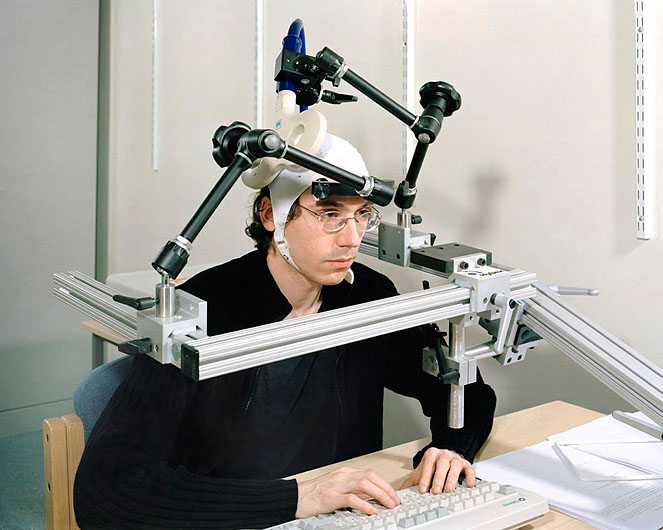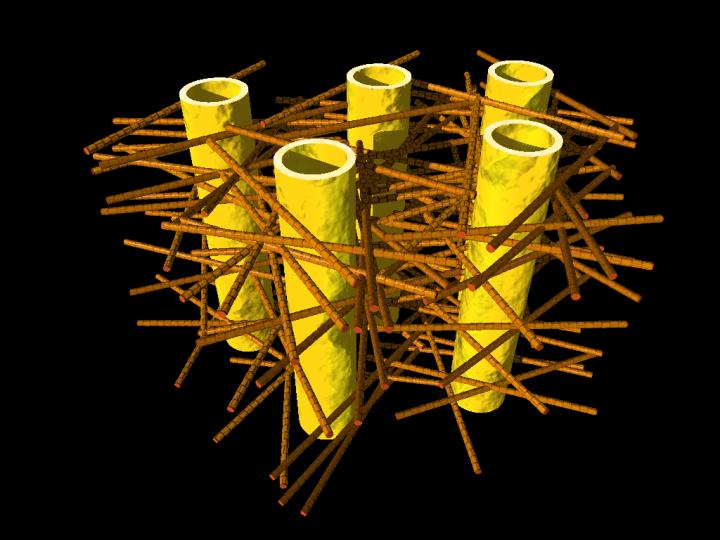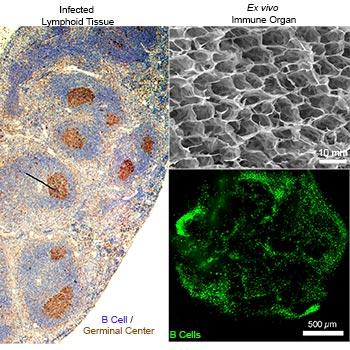Before dashing off to participate in the consultation, here’s a little background information. At this moment in time, Canada’s national museum for science and technology is a truck, ‘Museum on the go‘. There was a museum building but that was closed in Sept. 2014 due to health and safety issues. (Btw, the ‘Museum on the go’ truck is a regular summer programme which staff are presenting in difficult circumstances.)
For those unfamiliar with the setup, Canada has three interlinked science and technology museum institutions (a) Canada Aviation and Space Museum (b) Canada Agriculture and Food Museum and (c) Canada Science and Technology Museum. The other two institutions are still open.
If memory serves, 2008 was when I first heard there was a problem with the Canada Science and Technology Museum. The details escape me but it had something to do with an unsuccessful attempt to get a new building or move to a new building. Presumably they were having health and safety problems dating from 2008 at least. That’s a long to time to wait for a solution but after closing in Sept. 2014, the federal government announced funds to repair and upgrade the current museum building. From a Nov. 17, 2014 announcement on the Canada Science and Technology Museum (CSTM) website,
The Government of Canada announced today an $80.5 million investment to repair and upgrade the Canada Science and Technology Museum. The work will be completed during the next two years and the Museum will re-open in 2017.
This funding is essential to address the health and safety issues that are of immediate concern, and to support the Museum’s work promoting Canada’s long history of scientific and technological achievement.
Specifically, the funds announced today will go toward:
- Removing the mould and replacing the Museum’s roof, which will stop leaks. A new roof will ensure that artifacts and exhibitions are no longer in danger of damage;
- Retrofitting and upgrading the Museum’s exhibition spaces and floor space;
- Upgrading the building’s fire-suppression systems and its seismic structural strength; and,
- Bringing the Museum’s exterior façade up to date to match the new, modern interior. …
$80M is not a lot of money for the repairs and there is no mention of any upgrades for technology used to display exhibits e.g., VR (or virtual reality is becoming popular) or ICT (information and communications technology such as mobile applications and perhaps even webcasting facilities so people living outside the Ottawa region might have chance to attend virtually).
It seems ironic that while the Canadian federal government wants to promote science culture and innovation, it refuses to adequately fund our national showcase. Where culture is concerned, the federal government can commission a report on science culture (my Dec. 31, 2014 post: Science Culture: Where Canada Stands; an expert assessment, Part 1 of 3: Canadians are doing pretty well) but it’s not inclined to support culture as can be seen in an April 17, 2015 article by Jeff Lee for the Vancouver Sun concerning the funding for arts museums,
There is also no indication that the Stephen Harper government would be willing to contribute such a large amount for cultural projects, given that it hasn’t done so elsewhere in Canada, with only two exceptions.
Both of those fulfilled commitments made by the previous federal Liberal government. One is the now federally owned Canadian Museum of Human Rights in Winnipeg, to which Ottawa contributed $100 million and then took over as the cost soared to $351 million. The other is the Royal Alberta Museum in Edmonton, first envisioned in 2003 at a cost of $200 million and now under construction at a new estimate of $340 million.
The feds, under Paul Martin, pledged $122 million — and the Harper government tried to back out of the deal. Last year [2014] it agreed to pay the remaining $92 million.
If the federal government is contributing to museum and art gallery projects, it is doing so in smaller amounts, such as $13 million for Saskatoon’s Remai Modern, once estimated to cost $55 million and now approaching $100 million. Or the $13 million for the Montreal Museum of Fine Arts’ $33-million conversion of the Erskine and American Church into the Claire and Marc Bourgie Pavilion of Quebec and Canadian Art, incorporating a concert hall.
The interest in culture seems grudging. Even for an aspect of culture, science and technology, for which the federal government has expressed some enthusiasm. They are very interested in promoting innovation (code for commercializing science research) but, although they want science culture so all those young’uns will study science, engineering, technology, and mathematics, they aren’t willing to dedicate enough money so the museum has some chance of delivering on its mandate.
So please, do participate in the public consultation. Yes, it’s very Ottawa-centric and also Ontario- and Québec-centric, which is understandable. They are dependent on the people who are most likely to visit multiple time but it’s still irritating to those of us (me) who live outside those regions to be lumped into a category of ‘everybody else’.
As to why the consultation has such a depressive quality, the drawings are gray and faded and the written descriptions are somewhat flat, I can’t tell if that’s a problem with time, depressed staff, something I have failed to imagine, or some combination.
I know that sounds uninviting but let them know you care and you want to see a dynamic Science and Technology Museum that reaches out nationally.
Finally, here’s a June 4, 2015 CSTM announcement (with a link to the consultation),
Want to learn more about plans for a renewed
Canada Science and Technology Museum?
As a friend of the Museum, this is your chance to get a sneak peek and provide feedback on the proposed concept plan.
Renewal of the Museum is underway, with many new exhibits, programs, and a striking redesigned façade on tap for its reopening in 2017. Staff, architects, and consultants have been hard at work on a new master plan for the interior — which, we are happy to confirm, will include the Museum’s ever-popular locomotives and Crazy Kitchen.
Here’s how you can participate:
Fill out the online survey below to see early sketches and concepts, and offer your thoughts on these potential new offerings. You can participate in this national survey until June 20.
Survey link: http://cstmc-smstc.fluidsurveys.com/s/CSTM_MSTC_2017/
Visit the Museum team at a series of Open House events
- St. Laurent Shopping Centre in Ottawa, June 6 from 9:30 a.m. to 6:00 p.m. and June 7 from 11:00 a.m. to 5:00 p.m.
- Canada Agriculture and Food Museum on June 13, and Canada Aviation and Space Museum on June 14 from 10 a.m. to 4 p.m.
As the renewal project unfolds, additional opportunities for feedback on exhibitions will be shared via the Museum’s website. Stay tuned for updates!
I have filled it out and, as far as I can tell, you have to complete the survey in one session and the questions require open-ended answers (no multiple choice) .


